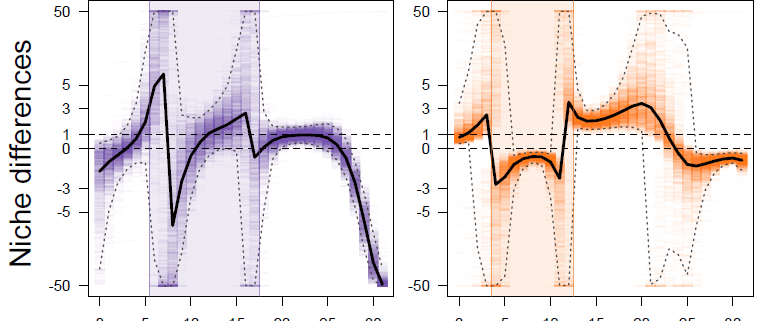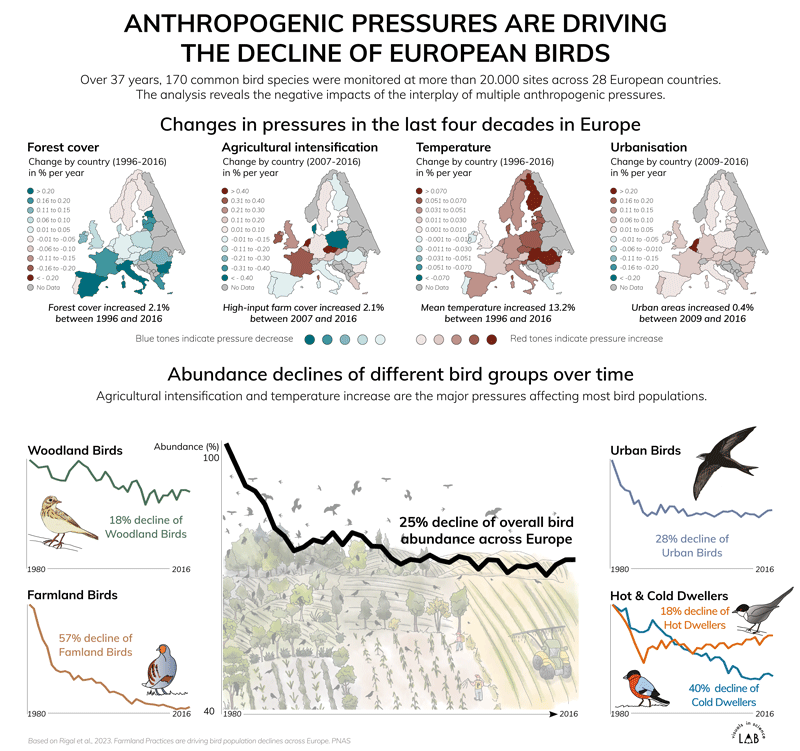Using modern coexistence theory, we show how biotic interactions change over time. As a result of higher-order interactions, species rapidly switch between facilitation and competition.

Majer, A., Skoracka, A., Spaak, J. & Kuczyński, L. (2024) Higher-order species interactions cause time-dependent niche and fitness differences: Experimental evidence in plant-feeding arthropods. Ecology Letters, 27, e14428. https://doi.org/10.1111/ele.14428
The research was funded by the National Science Centre under grants 2019/35/N/NZ8/02639 (experiments) and 2018/29/B/NZ8/00066 (data analysis).





